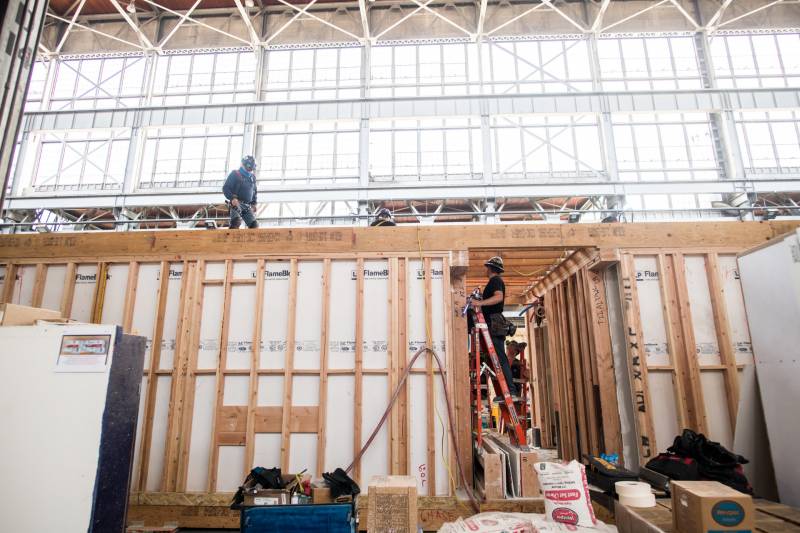California is the worst of the worst when it comes to the cost of housing construction.
The average price tag to build just one unit of housing — a home or an apartment — was $326,000 in 2018, according to the U.S. Government Accountability Office. And it’s even worse for affordable housing, which averaged $480,000 per unit across the state in 2019.
High construction costs are one big reason why rents and home prices in California are also some of the highest in the nation.
But the construction industry has also been one of the slowest to innovate. It’s a $10 trillion operation, globally, employing a whopping 7 percent of the world’s population, according to a 2017 McKinsey & Company report.
The report found that, globally, productivity in the construction industry has increased an average of 1% a year over the past two decades, compared with 2.8% for the total world economy and 3.6% for manufacturing. In the U.S., many industries, including agriculture and manufacturing, have increased their productivity by 1500%, while productivity in construction has barely budged.

